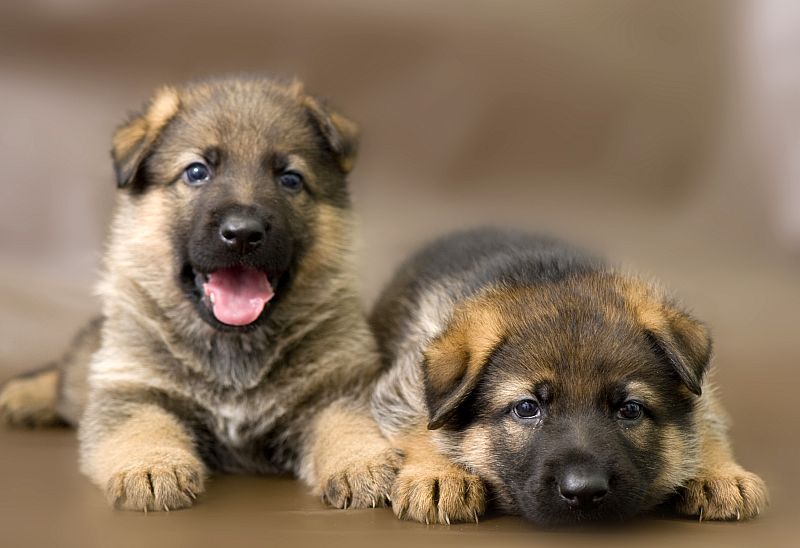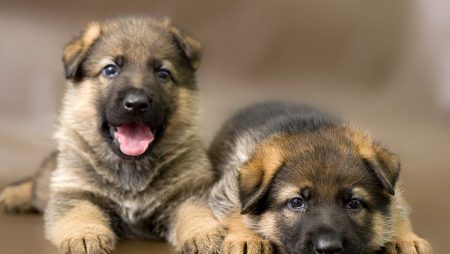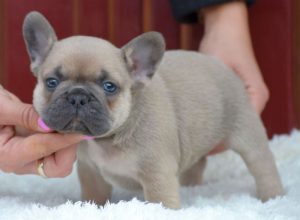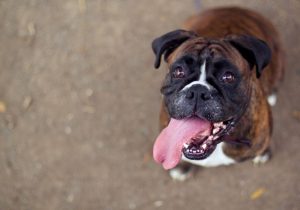

Russian Prison Dogs: Breed Profile
The four-footed patrolman of Russia’s infamous detainment facilities has acquired a standing around the world. Strong, bold, and fantastically cushioned, the Caucasian shepherd dazzles canine fanciers with his devotion and striking great looks.
Otherwise called the Russian jail canine and a large group of different names, this strong molasses is a valued working variety who’s worked up to talk as of late in a huge number of YouTube recordings.
Plunge into the historical backdrop of this lovely variety with us and discover why the Caucasian shepherd is the crown gem of gatekeeper canines.
Russian Prison Dogs: Key Takeaways
The Caucasian shepherd is a huge and imposing canine variety that passes by numerous names. Some consider this variety the Caucasian sheepdog and others consider it the Ovcharka, however many consider it the Russian jail canine — a reference to one of the positions this variety frequently performs.
While it is normal utilized to monitor canine and assurance obligations in the advanced world, the Russian jail canine was initially a homestead canine. Even though they may have been entrusted with a few unique positions, their size and defensive nature made them ideal for shielding animals from hunters.
However Russian jail canines can make great pets for experienced proprietors, they’re completely improper for learners. These canines do not just arrive at monstrous sizes, their autonomous nature makes them trying to prepare.
The Many Names of the Russian Prison Dog
The Caucasian shepherd is a canine of numerous names, some roused by where he’s from and others by the jobs he’s held throughout the long term. Some are more precise than others, yet we’ll show them all to dispel any confusion.
The variety’s most normal names are:
Caucasian shepherd canine: This is the variety’s specialized name and is frequently abbreviated to Caucasian shepherd or CSD. It’s roused by the Caucasus Mountains, where the variety begins from.
Ovcharka/Ovtcharka: While broadly utilized for the variety, the terms ovcharka and ovtcharka are conventional Russian expressions for domesticated animals watchman canine or shepherd canine. A few other variety names contain the word, including the Vostochno Evropeiskaya ovcharka and the South Russian ovcharka.
Caucasian ovcharka: This is simply one more approach to say Caucasian shepherd canine. It’s occasionally abbreviated to CO.
Caucasian sheepdog: The Caucasian shepherd customarily watches domesticated animals, including sheep. Henceforth this elective name.
Caucasian mountain canine: This is a tribute to his starting points however can be viewed as excessively expansive of a name since a few varieties come from the locale.

Kavkazskaïa Ovtcharka: This is the variety’s name in the local Russian tongue of his compatriots.
Russian bear canine: Early Caucasian shepherds were utilized during bear chases, acquiring this moniker.
What’s more, — as you probably definitely know — this variety is now and then called the Russian jail canine, which is a reference to the work he’s occasionally approached to perform.
The Caucasian shepherd is every so often mistook for his clone breed, the Central Asian shepherd, however, these are two separate varieties. Numerous comparable varieties hail from a similar locale, including the Georgian shepherd canine and toward the south, the Akbash and Kangal.
Unaware of present circumstances: What’s With All the Recent Hype about Russian Prison Dogs?
Caucasian shepherd canines have seen a fleeting ascent in notoriety with the pattern of breed commencements on YouTube and other video-sharing stages, especially those portraying watch canines.
They’re desired as a defender, and their preparation is regularly recorded, showing super-sized canines performing demonstrations of might, from locking onto chomp work sleeves to pursuing down “trouble makers.”
These recordings legitimately acquire a lot of consideration, as these are amazing accomplishments of pup physicality.
While these recordings are engaging, recollect that the Caucasian shepherd is an enormous, testing breed that needs an accomplished proprietor committed to deep-rooted socialization and preparing.
The ovcharka isn’t in any capacity whatsoever a doggo for fledglings.
History of the Russian Prison Dog
The CSD got its beginning in the Caucasus Mountains, a mountain range between the Caspian and Black Seas, where Asia and Europe meet.
This district is home to a few enormous hunters, including wolves and bears, and its ranchers required a canine that was adequately considerable to secure domesticated animals and deflect these dangers. The canines likewise should have been equipped for withstanding the region’s famously brutal winters.
The Caucasian shepherd is a rancher’s right-hand canine, guarding the group while likewise shielding the residence from human gatecrashers. His furiously defensive nature proceeded to make him an incredible ally for bear chases, and as of late, a first-class military, jail, and police canine.
The Caucasian shepherd is additionally one of the varieties that was utilized to shape the now terminated Moscow water canine.

Funny smiling boxer dog looking into the camera
Actual Attributes of the Russian Prison Dog
A monster breed, the Caucasian shepherd canine weighs in at as much as 220 pounds and can bear up to 30 crawls at the shoulder. Similarly, as with most different varieties, guys are discernibly bigger than females.
He’s intensely worked, with long, thick appendages and a noteworthy musculature. Obviously, canines adjust to their ways of life, so a functioning working canine is bound to have such a form, while a sofa watching family canine will most likely be less massive.
When taking a gander at the CSD, you’ll most likely notification his mane first (in long coat assortments). This thick hair around his neck and shoulders causes him to show up significantly bigger, scaring hunters. His head is huge with wide-set ears, and he moves with power, keeping his thick, ragged tail high.
The Russian Prison Dog’s Coat
The CSD’s jacket is his most prominent element, with his thick hide protecting him from the freezing mountain winters where he began.
His jacket comes in various structures, including a short, medium, and long assortment, and all components a short, thick undercoat. The variety has a rainbow of shadings to browse, with dark, tan, and red being generally pervasive. He commonly has a veil and may have a piebald, streak, or white markings.
As you’d expect, preparing this hide isn’t simple. He needs brushing a few times each week to strip away dead hair and forestall tangles, which can be an issue since quite a while ago covered CSDs, especially around the padding of the legs and tail.
The CSD is additionally a great shedder, with one yearly hair dump that will leave your home in a hair apocalypse for a little while. Around this time, day by day brushing is an unquestionable requirement to stay aware of everything.
The wellbeing of the Russian Prison Dog
The Caucasian shepherd canine is a tough variety with a life expectancy of 10 to 12 years, however, he has the typical wellbeing worries to look for like other monster breeds, including:
Hip dysplasia
Luxating patella
Bulge
Waterfalls
Since he’s a huge canine, feed him a quality enormous variety of pup food to sustain sound development. As a grown-up, hold your CSD’s weight under control to try not to stretch his joints.
The character of the Russian Prison Dog
The Caucasian shepherd is destined to secure. These solid guarding impulses bring about a certain friend whose steadfastness knows apparently no restrictions.
His kin and property start things out, regardless of whether they’re youngsters in the yard or sheep in a field. This solid connection and regional nature make him a valued animals gatekeeper, however, these attributes can likewise make him one hell of a killjoy at family social affairs.
The CSD is savvy, however, his autonomy is unmatched. This combo makes him a troublesome canine to prepare, who requires persistence and diligence to direct him into being simply the best form.
While he’s an enormously amazing canine, the Caucasian shepherd is a generally sluggish canine when inside. Every day strolls are urged to keep him trim, however, a frolic in a huge, secure region is ideal to animate him intellectually with fun sights and scents to investigate.